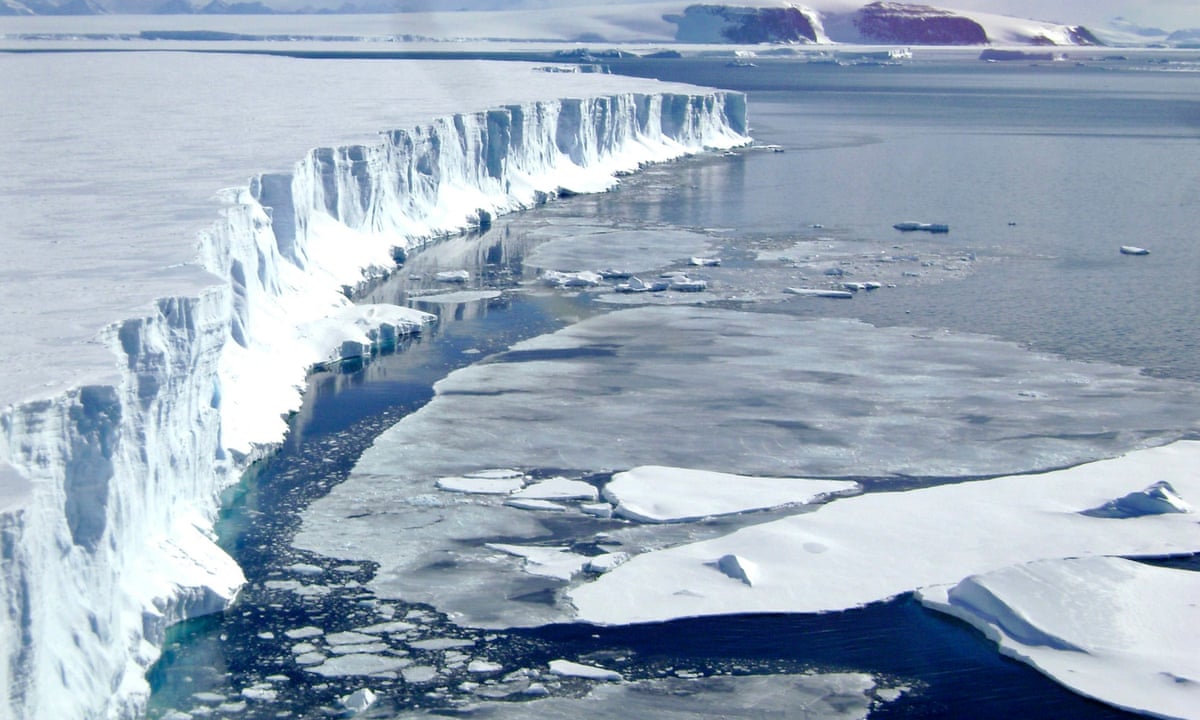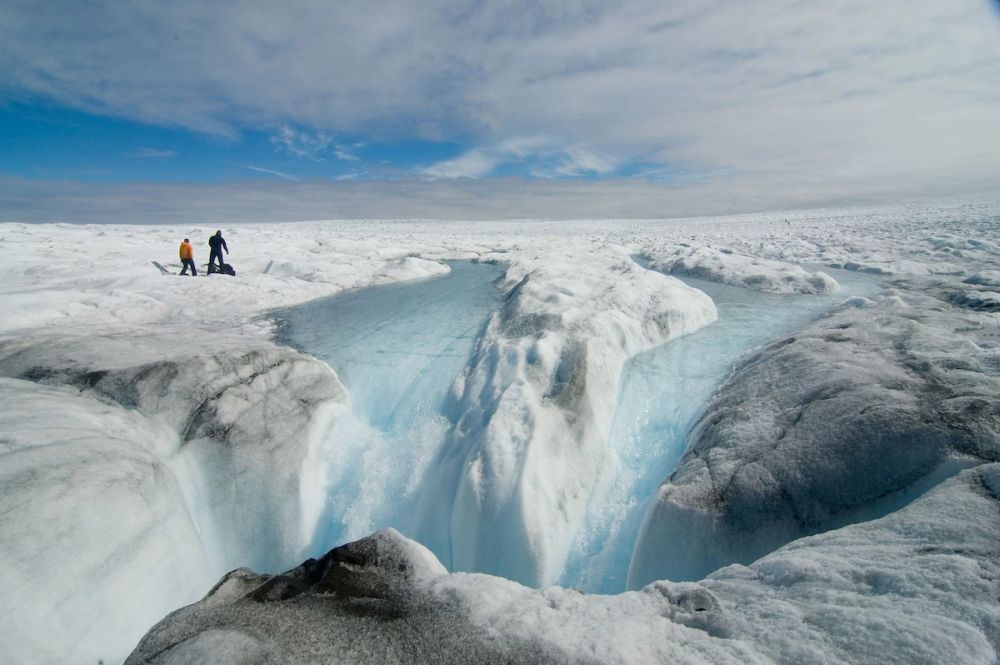Climate Change is Altering Earth’s Axis, Finds a Study
Earth’s movement is quite normal, as its spins on its axis around an invisible path due to the gravitational forces. However, new research suggests that for the past few years, climate change and human water usage are altering the earth’s axis which is quite a startling revelation.
The glaciers melting from global warming are likely to cause a movement shift of the poles. According to a new study published in Geophysical Research Letters, the melting glaciers have changed the water distribution that caused the direction of polar regions to change and redirected the water acceleration eastward during the mid-1990s.

Increasing global temperatures and melting ice caps have caused sea levels to rise | Image: Reuters
Vincent Humphery, a climate scientist at the University of Zurich explains that Earth spins around the axis like a top. If the weight of the top changes, the spinning top starts to wobble and lean as the rotational axis changes.
Early last decade, Gravity Recovery and Climate Experiment (GRACE) researchers revealed that due to recent movements in the North Pole away from Canada and Russia is caused by factors like molten iron, terrestrial water storage change – the process in which all the glaciers and groundwater is lost through melting and groundwater pumping.

New research suggests that for the past few years climate change and human water use are altering the earth’s axis | Image: Ginny Catania/NAT Geo
The water loss on land has shifted the polar drift over the last two decades by changing the distribution of mass globally. In 1995, the polar drifted from southward to eastward, 17 times faster than the speed recorded in 1981.
There are plenty of pole-drift observations where researchers have calculated the phenomenon for 176 years. Research shows that most pole movement has been triggered by water loss from polar regions – from ice melting off and flowing into oceans. Scientists are now using this data to study past climate-driven polar motion.
Via: Space


